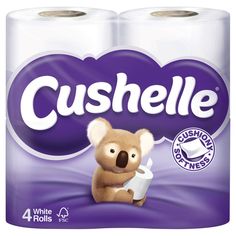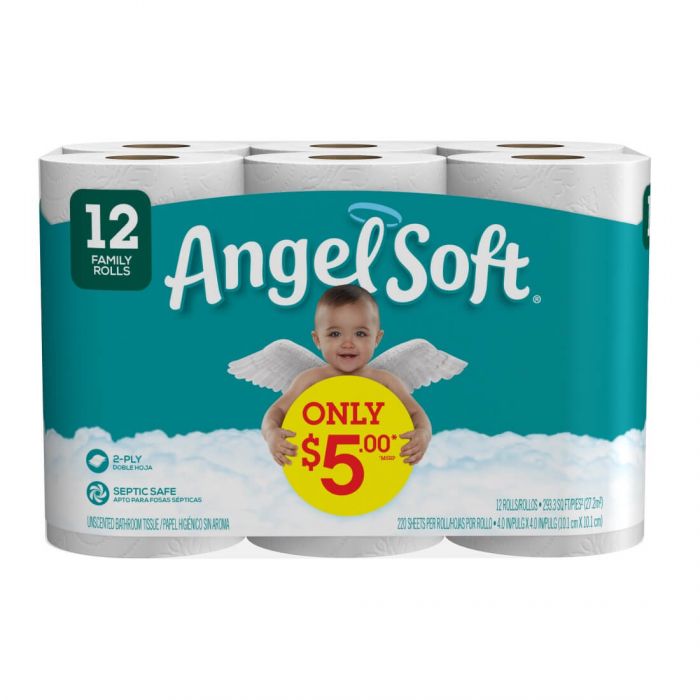Before we launch into my third reading list for comprehensive exams, we’ll take a break this week for some lighter fare. I first wrote this post over a year ago as filler content for those times when I’m too busy or tired to write blog content, but in the era of COVID-19 and the ever-present search for toilet paper, now seems like as good a time as any to post this. To quote Jurassic Park, hold onto your butts, because today’s post is a bit of an oddball.
The great thing about being in an American Studies program is that you have the opportunity to think seriously about all the things you find weird about popular culture in the US.
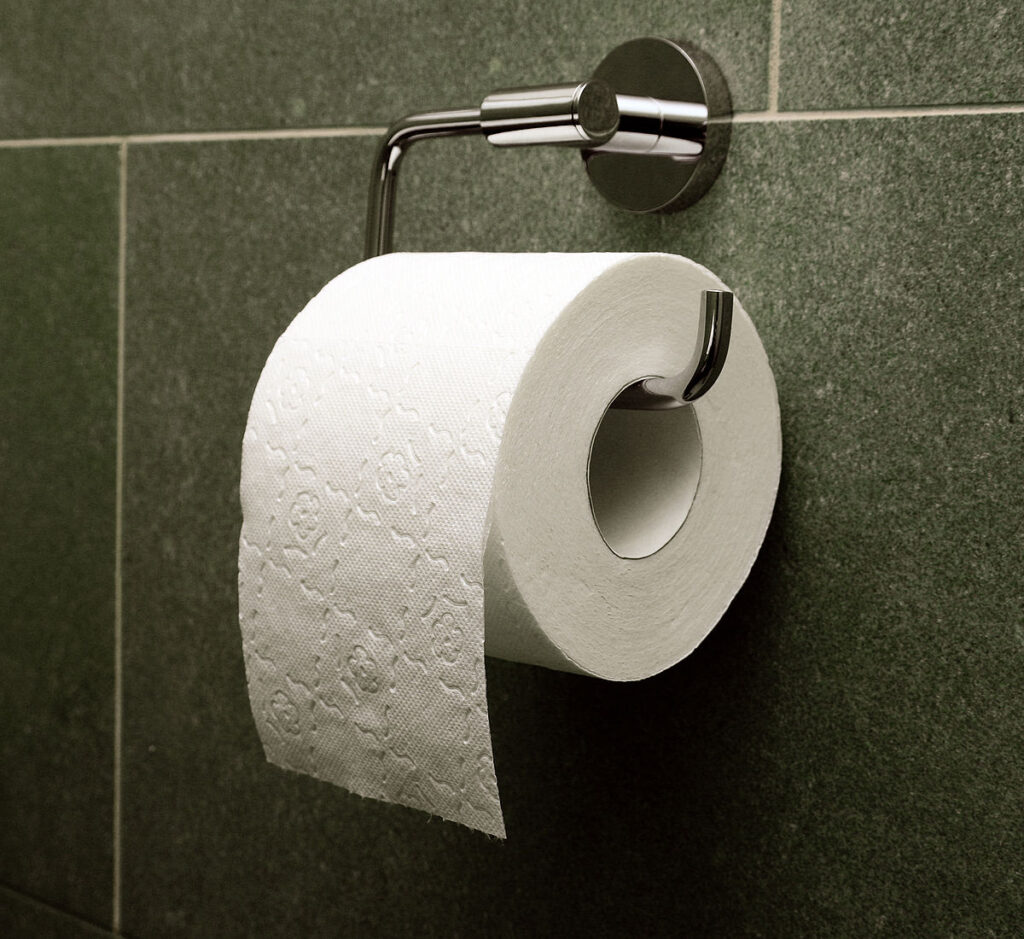
Take, for instance, toilet paper.
I was reading about advertising in my capitalisms class in the fall of 2018, when I suddenly remembered an old Quilted Northern commercial from the late 90s:
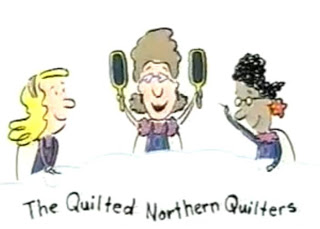
The premise is that these tiny women quilt toilet paper. As they work, they chat about quilting, the local scuttlebutt, and other things you might expect from a quilting bee-type session, though the conversation invariably shifts to promoting Quilted Northern’s superior absorbency. I distinctly remember the little blonde one was new to the group and feeling a little nervous about her quilting abilities, but was assuaged by her more experienced counterparts. There were other ads in the series, but I don’t remember them as well.
Anyway, those commercials always struck me as odd (and I’m not the only one, as you can read here). We’re talking about toilet paper, the stuff you use to remove fecal matter from your anus. How does a commercial about social quilting ladies rendered in a folksy animation style convey that message? And why are they all women? Are there any gentleman quilters working on the toilet paper, or, like housework in general, is it just assumed that making toilet paper is women’s work? How much does this vision of handmade, female-dominated, personality-driven crafting correlate to the actual mechanized, impersonal production of toilet paper? In the ad at least, they heavily imply that machine-produced toilet paper is flat and less absorbent, yet Quilted Northern itself isn’t actually made by little quilters, so how effective is this campaign at all?

To be fair to Quilted Northern, some of their more recent commercials take a subversive chuckle at the whole hand-crafted element of their advertising, as well as hipsters in general, as you can see here. Yet note that the craftsman is now distinctly a guy, reaffirming carpentry and woodshop activities as distinctly male activities.
(This why it can be hard to watch TV or consume any kind of popular culture with academics. We feel compelled to analyze it.)
From there, I started thinking about other commercials for toilet paper. When it comes to bodily functions in general, American advertising veers toward the euphemistic (I’m looking at you, period products), but toilet paper is particularly strange to me. I mean, we all have to clean our anus in one form or another, so why are we so hesitant to address it outright?
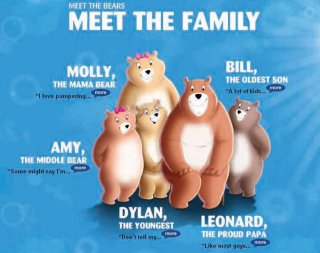
There are the infamous Charmin bears of course, but they’re probably the closest we ever get to seeing toilet paper in action. Remember Mr. Whipple?

Somehow his efforts to deter people from squeezing Charmin was enough to convey to visitors that this product was sufficient for anus-wiping needs.
Even the packaging itself on toilet paper is peculiar. You never see the paper in action, for instance, no butt-wiping to see here (Hieronymous Bosch would be disappointed). Rather, you often (though not always, to be fair) see images of cute baby animals, such as ducklings, kittens, or even human infants. Yet we tend to reserve moist towelettes or wipes for baby bottoms, so what does the human infant have to do with dry toilet paper? It’s as though in our effort to euphemize toilet paper, we have
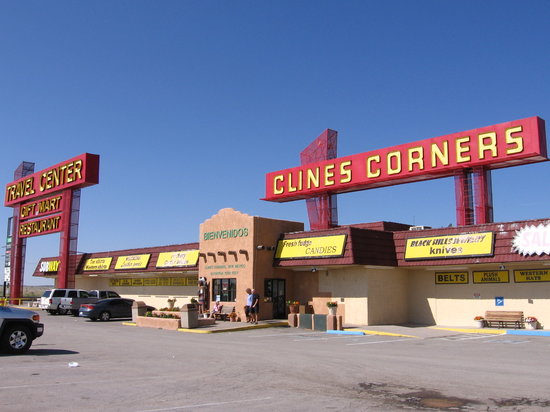
Then I started thinking about a peculiar billboard for Clines Corners, an extensive gas station in New Mexico. Established in the 1930s, Clines Corners is located at the junction between 285 to Santa Fe and I-40 to Albuquerque. Being the only gas station in the vicinity, it gets a lot of traffic just through its existence, but it’s also one of the most expansive gas stations I’ve ever seen, encompassing a large gift shop, convenience store, a Subway, and even a full sit-down restaurant.

What does this have to do with toilet paper though? Whenever you’re getting close to Clines Corners, you start seeing billboards advertising different products for the place. There’s one for coffee, one for ice cream, even one for moccasins I think, but the one I always remember is the one for clean toilets:

To be fair, Clines Corners has a lot of toilets, about twenty per gender I think, so the likelihood of you finding an empty, working toilet when you arrived is very high. But look at this picture. Rather than have a shot of the bathrooms themselves, they have a closeup of this woman closing her eyes and throwing her head back serenely. Grant it, I understand that you need an image that is visually legible from a distance, but why not have a picture of a toilet then? Wouldn’t that be just as effective?

Brandon and I used to speculate about this lady whenever we would drive by her. Did she just have an orgasmic bowel movement? Is she remembering a time when she had a good poo? Did the toilet paper feel especially nice? What’s the deal?
My broader point is that advertising, particularly when it comes to anything relating to bodily functions, is weird to me. Not that it’s developed spontaneously. I would argue that our disdain for

Isn’t that weird?
